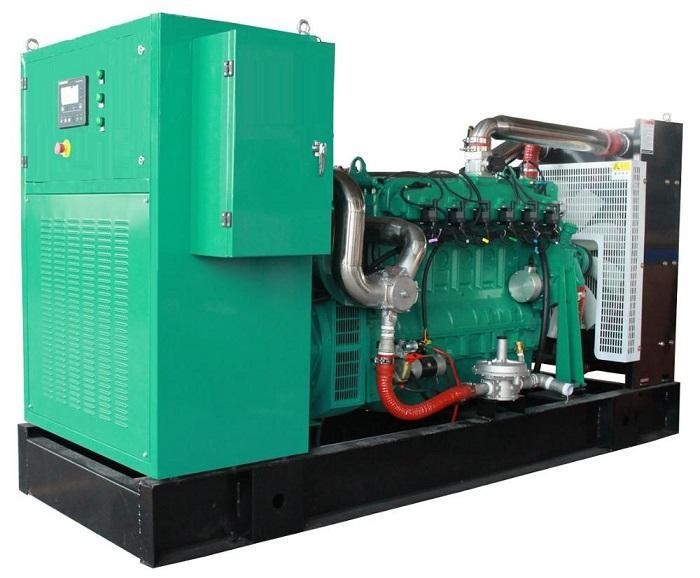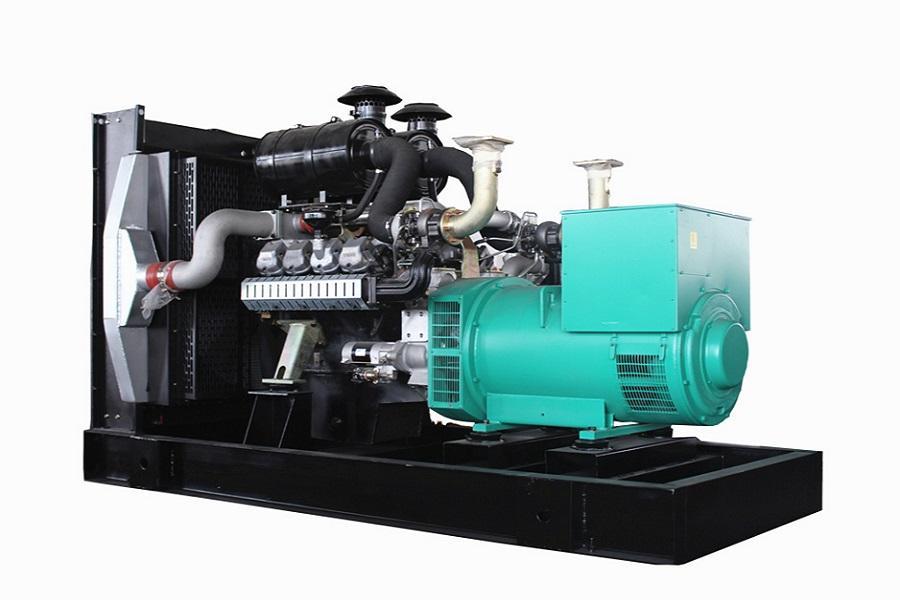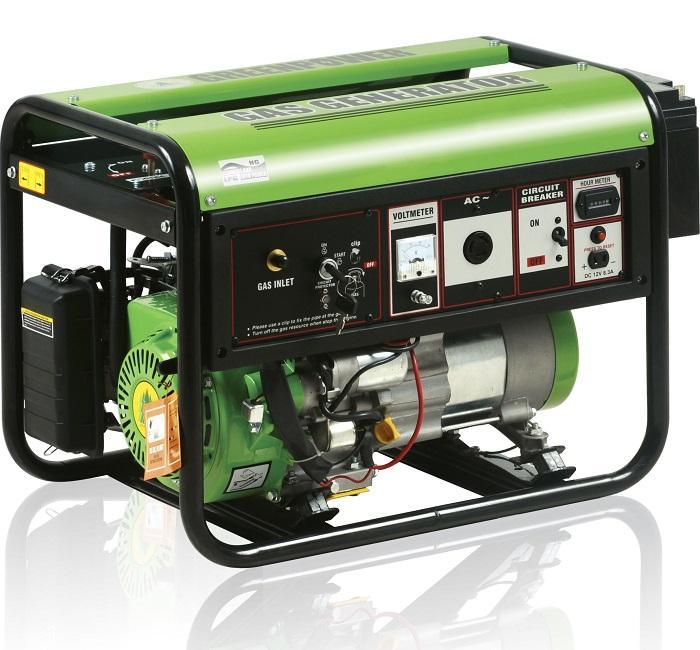While many countries are throwing away millions of tons of food every year, we must begin considering more compelling and nature-friendly approaches to waste options for a sustainable future. Biogas generators or as they are called biogas digesters have been around for many years to utilize waste products constructively. They draw on nature-friendly and sustainable ideas to produce biogas through the waste of organic matter. This means less waste and more usable products for various applications. Biogas is one of the renewable sources that play a main role in providing the required energy in most developing nations. Linquip has gathered all the useful information and data for you to read so that you know more about biogas generators, their applications, and the services they have provided for us and our nature, the environment we live in.
There are two meanings for the concept of a biogas generator: one of them is about a generator that is run on biogas or a machine that uses biogas to run. The other meaning of a biogas generator is about a structure that is used for helping produce biogas. Both of these meanings of a single concept of a biogas digester are true. It depends on what you are looking for. So, let’s have a clear definition of biogas first, and then we will tell you which of these definitions is what we are looking for.
What Is Biogas?
with breaking down the organic matter in an anaerobic environment, an environment without oxygen, the result is the production of biogas which is mostly made up of carbon dioxide and methane. The biogas can be used in a very similar way to natural gas. The organic materials that can be broken down include livestock manure, plant waste, and food scraps. These organic materials can offer a new approach to the use of waste as opposed to dumping them in landfills or other areas for rubbish-collecting.
Now that you are acquainted with biogas and know what biogas is, let’s get into the main topic of this article which is the biogas generator. In the following sections, we are going to discuss the biogas digester, the four-stage process of breaking down the wastes, its applications, and its benefits. So, read on to get more familiar with this fabulous phenomenon.
What Is a Biogas Generator?
A biogas digester is a structure consisting of a large tank to store organic waste matter. When we say organic waste matters, we mean anything that can rot. In addition to these perishable matters, wood can be good fuel for biogas digestion. There are bacteria inside the tank. These bacteria do not require air to survive and they break down the organic waste through a 4-stage process:
1. Hydrolysis: The first stage in digestion is where huge organic polymer breakdown happens, which is a common occurrence in organic waste. As hydrolysis breaks up fats, proteins, and carbohydrates into smaller molecules such as simple sugars, fatty acids, and amino acids, this is counted as an essential step in anaerobic digestion. Some of the products extracted from this stage can be used in methanogenesis later on. However, most of the output will require further breaking down in the acidogenesis stage.
2. Acidogenesis: The second stage of anaerobic digestion is where fermentative bacteria continue to breakdown the organic waste to produce an acidic environment with traces of ammonia, H₂, H₂S, CO₂, shorter volatile fatty acids, carbonic acids, and alcohols, among other things. Despite all the chemical processes that occur at this stage, a lot of the polymers remain too large and unstable to be used to create methane, and as a result, require further breaking down.
3. Acetogenesis: The next step happening in a biogas generator is the stage of creating a derivative of acetic acid, known as acetate, by acetogenins from carbons and other energy possibilities. A lot of materials remaining from the acidogenesis stage are catabolized during this stage. The output of this stage is the creation of acetic acid, H₂, and CO₂. In acetogenesis, the organic matter is broken down into an appropriate level for methanogens to do their job of creating biofuel.
4. Methanogenesis: Methanogenesis is the last step of digestion that occurs in biogas generators. In this stage, the hydrolysis and acidogenesis products are mixed with the final acetogenesis product, and with the activity of methanogens, everything is ready for the creation of methane. There are two processes in this final stage in which methane can be produced:
CO₂ + 4 H₂ → CH₄ + 2H₂O
CH₃COOH → CH₄ + CO₂
The second process which uses acetic acid is generally the main process to create methane in methanogenesis.
This 4-stage digestion process results in the production of biogas and decomposed waste. After the creation of the biogas, it is then transferred out of the generator to be utilized in other ways and become fuel. Besides, the decomposed waste can be used as a natural fertilizer.
Who Can Use a Biogas Generator?
Anyone who has enough space to have one. Because of the size of the tank needed, and also the fact that they require a permanent installment, to have a biogas digester, you need a big yard to place this equipment in. Although there are various sizes of biogas digesters. You have to keep in your mind that the smallest ones are still quite large.

What Are the Benefits of a Biogas Digester?
Using biogas digesters has a lot of benefits. Here are some of the most important reasons that we need to use these generators:
- A large reduction in energy costs
- Eco-friendly use of waste
- Lower installation costs than other renewable energy sets of equipment
- Lower greenhouse gas emissions compared to other renewables
- Lower amounts of waste going to landfills
- Production of natural fertilizer
It is obvious that the above list is not comprehensive. You can do a little bit of research yourself so that you could face the amazing and great possibilities and capabilities biogas digesters offer.
conclusion
what you read was some information on biogas generators. Linquip has tried to provide you with some of the most essential data that you need to know about biogas digesters If you have any questions about biogas digesters, you can easily sign up and our experts and a team of qualified professionals will be ready to answer your questions. If you have any kind of experience using biogas or biogas digesters, we will be glad to have your opinions in the comments. Hope that you enjoyed this article.
Buy Equipment or Ask for a Service
By using Linquip RFQ Service, you can expect to receive quotations from various suppliers across multiple industries and regions.
Click Here to Request a Quotation From Suppliers and Service Providers
Read More on Linquip





I write your company from a company based in Nigeria, Bessege Limited. We are a firm that is into renewable energy with emphasis on biogas from biodigesters. Our intention is have a working relationship with your company as a technical partner in supplying and installation of biogas generators in Nigeria. We will like to have your product brochure to get us acquainted with your products. We look forward to your prompt response.